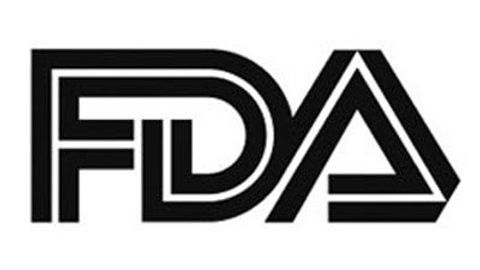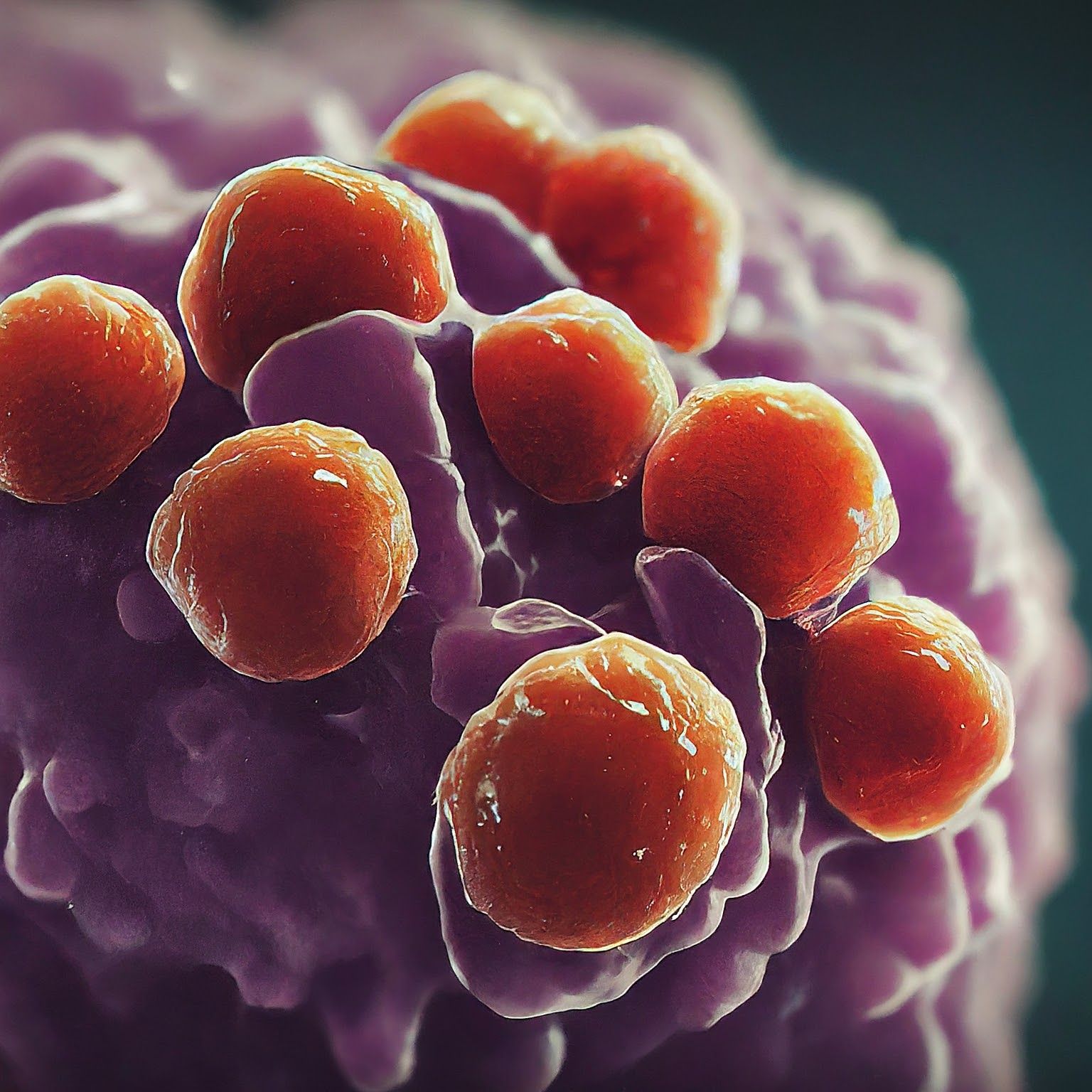FDA Approves Brentuximab Vedotin Triplet in R/R Large B-cell Lymphoma
The FDA approved brentuximab vedotin, lenalidomide, and rituximab for large B-cell lymphoma after 2 therapies in patients ineligible for transplant or chimeric antigen receptor T-cell therapy.

- The FDA approved the combination of brentuximab vedotin (Adcetris), lenalidomide (Revlimid) and a rituximab (Rituxan) for adult patients with relapsed/refractory large B-cell lymphoma (LBCL).
- This indication includes patients with diffuse large B-cell lymphoma (DLBCL) not otherwise specified (NOS), DLBCL arising from indolent lymphoma, or high-grade B-cell lymphoma (HGBL), after at least 2 lines of systemic therapy who are ineligible for autologous hematopoietic stem cell transplantation (auto-HSCT) or chimeric antigen receptor (CAR) T-cell therapy.
- Data from the phase 3 ECHELON-3 study (NCT04404283) support this approval.
The FDA has approved the combination of brentuximab vedotin, lenalidomide, and rituximab for adult patients with relapsed or refractory LBCL, including those with DLBCL NOS, DLBCL arising from indolent lymphoma, or HGBL, who have undergone at least 2 lines of systemic therapy and are ineligible for auto-HSCT or CAR T-cell therapy.1
Microscopic photorealistic image of T-cell lymphoma cells - Generated with Google Gemini AI

This approval was based on findings from the phase 3, randomized, double-blind, placebo-controlled ECHELON-3 trial which included 230 adult patients with relapsed/refractory LBCL who were ineligible to receive an auto-HSCT or CAR T-cell therapy. The study randomly assigned patients in a 1:1 fashion to receive brentuximab vedotin plus lenalidomide and rituximab or placebo plus lenalidomide and rituximab until disease progression or unacceptable toxicity.
The primary end point of the study was overall survival (OS) and additional end points were progression-free survival (PFS) and objective response rate (ORR) per 2014 Lugano Criteria.
A statistically significant OS improvement was seen with the brentuximab vedotin, lenalidomide, and rituximab combination with a median OS of 13.8 months (95% CI, 10.3-18.8) vs 8.5 months (95% CI, 5.4-11.7) with lenalidomide and rituximab alone (HR, 0.63; 95% CI, 0.45-0.89; P =.0085).1,2 A statistically significant improvement in PFS and ORR was also seen with a median PFS of 4.2 months (95% CI, 2.9-7.1) and ORR of 64.3% (95% CI, 54.7-73.1) in the brentuximab vedotin, lenalidomide, and rituximab combination arm vs 2.6 months (95% CI, 1.4-3.1) and 41.5% (95% CI, 32.5-51.0), in the active comparator arm, respectively (HR, 0.53; 95% CI, 0.38-0.73; P <.0001).
For safety, the most common adverse events seen in ≥20% of patients or more, excluding laboratory abnormalities, were fatigue, diarrhea, peripheral neuropathy, rash, pneumonia, and COVID-19 infection in the brentuximab vedotin, lenalidomide, and rituximab combination arm. Grade 3 to 4 laboratory abnormalities seen in over 10% of patients included decreased neutrophils, decreased lymphocytes, decreased platelets, and decreased hemoglobin. Additionally, peripheral neuropathy developed or worsened in 27% of patients. This was predominantly sensory and led to brentuximab vedotin dose reductions in 6% of patients and led to treatment discontinuation in 4.5% of patients.
The recommended dose of brentuximab vedotin has been set at 1.2 mg/kg up to a maximum of 120 mg in combination with lenalidomide and rituximab administered every 3 weeks until disease progression or unacceptable toxicity.1
REFERENCES:
FDA approves brentuximab vedotin with lenalidomide and rituximab for relapsed or refractory large B-cell lymphoma. News release. FDA. February 11, 2025. Accessed February 12, 2025. https://tinyurl.com/yc7aw52k
Kim J, Hahn U, Kim WS, et al. Brentuximab vedotin in combination with lenalidomide and rituximab in patients with relapsed/refractory diffuse large B-cell lymphoma: results from the phase 3 ECHELON-3 study. J Clin Oncol. 2024;42(suppl 16):LBA7005. doi:10.1200/JCO.2024.42.16_suppl.LBA7005










